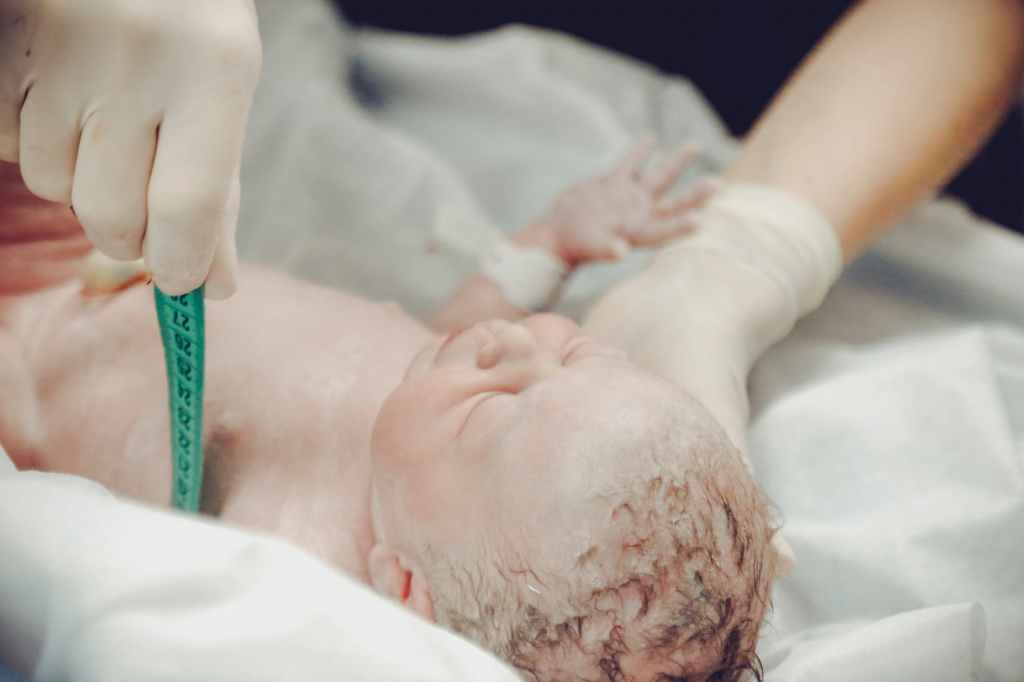A mother is a woman, who have the ability to bring life here on Earth. She is willing to give love, and offer sacrifices just to make her children happy and safe. That’s why it’s significant that we also have to be aware of what she had been through so that we could appreciate her even more. A mother delivers a baby by cesarean or vaginal delivery. Below are the difference between the two.

According to medical books:
A cesarean delivery is a surgical operation done to deliver a child, by cutting through the wall of the mother’s abdomen, instead of delivering via the vaginal canal. It is classified as a major type of operation.
Two types of incisions:
1. Classical or vertical incision
2. Bikini or horizontal incision
Why do you need a cesarean procedure?
- You have premature rupture of membranes. Your bag of water broke too early.
- Your labor isn’t progressing or your cervix isn’t opening, despite strong contractions over several hours.
- The baby is not in good position. The good position must be cephalic, meaning the baby’s head is facing the vaginal canal. When the baby’s feet are the positioned in the vaginal canal, termed as breech position, the doctor will recommend C-section.
- The baby’s fetal heart rate is not normal, the beats are too fast or too slow. The doctor monitors it and offer such an option for the baby’s safety.
- There is a problem with your placenta. If the placenta is too low and already covers the birth canal.
- If you are carrying multiple babies, like twins, triplets, or quadruplets.
- Prolapsed umbilical cord or cord coil, the umbilical cord surrounds the baby’s neck or body.
- You are experiencing health concerns such as a heart or brain condition and issues with breathing.
- It is also recommended if you have an active genital herpes, HIV and any other vaginal infection at the time of labor.
- You’re experiencing mechanical obstruction. Have a cyst or tumor obstructing the vaginal birth canal.
- The baby’s head is too big or experiencing hydrocephalus.
- You had a previous cesarean section.
What should you expect?
- You might stay in the hospital for three to four days or longer if you or your baby have complications.
- The healing time of your body is about four to six weeks. Maybe longer or shorter, depending on your body’s healing process.
At home, you have to:
- Take enough rest and sleep.
- Avoid lifting heavy objects that are heavier than your baby.
- Eat nutritious foods like fruits and vegetables. These food sources contain healing properties.
- Stay hydrated, drink plenty of water.
- Do brisk walking as your form of exercise.
- Bond with your newborn, cuddle and breastfeed him/her while maintaining eye contact while singing a lullaby song!
What about normal delivery?
Normal or vaginal delivery is the birth of the baby through the vagina. It is the natural method of delivering a baby. The hospital stay for a normal vaginal delivery is about three to four days. It may extend if there are any complications to the mother or the baby.
A mother who delivered a baby with this type experienced a labor. That is defined as the process by which the fetus and the placenta are ready to deliver. Usually, it causes discomfort or pain in your back and lower abdomen, along with pressure in the pelvis. Some mother says it’s like having a painful/stronger cramps in the pelvic area.
Three stages of labor:
1. The shortening and opening of the cervix.
2. Descent and birth of the baby
3. Delivery of the placenta
Who are eligible for this type of delivery?
- Those who are expecting to deliver only one baby.
- The baby is in cephalic position, meaning the head is facing the birth canal.
- The mother and the baby are both healthy.
Compared to cesarean moms, the healing period is shorter.
At home, you have to:
- Take enough rest and sleep.
- Avoid doing activities like lifting heavy objects.
- Eat nutritious foods, like fruits and vegetables.
- Drink plenty of water.
- Brisk walking as your exercise.
- Bond with your newborn.
- Cuddle and breastfeed the baby while maintaining eye contact while singing your favorite lullaby song.
